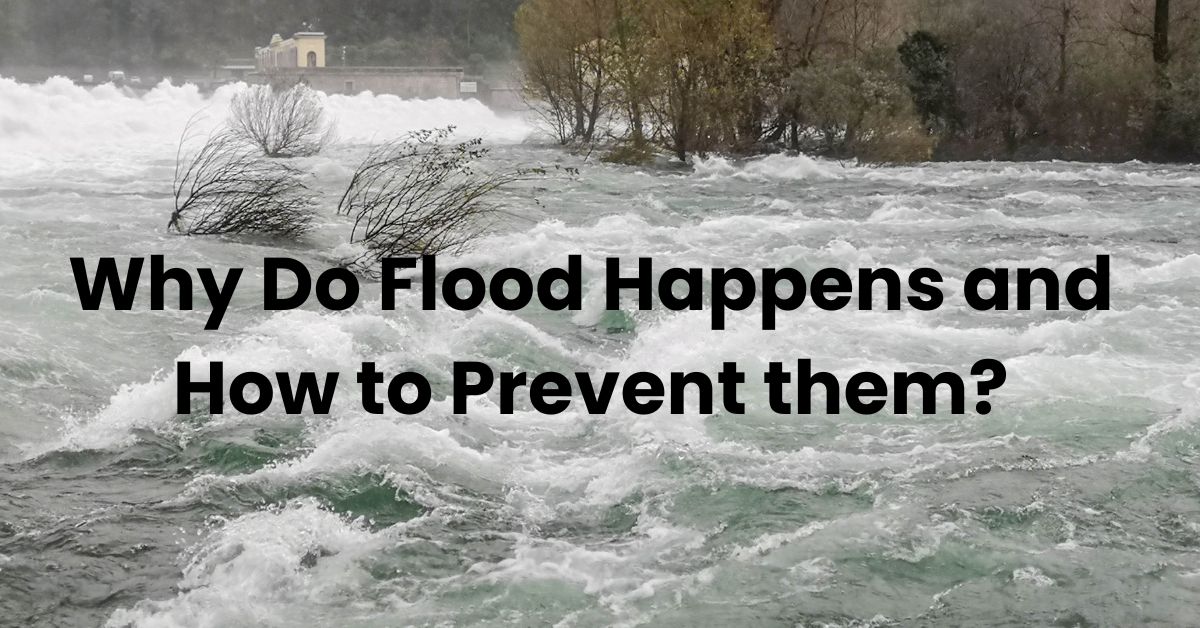The Northern states of India have borne the brunt of severe rainfall, with Himachal Pradesh experiencing a series of devastating cloudbursts, accompanied by high magnitude rainfall, triggering landslides and mudslides from the steep hillsides. This relentless onslaught has taken a grim toll, with the travel and tourism industry grappling with an estimated loss of Rs. 5620.20 crores, and a heart-wrenching count of 200 lives lost thus far.
Regrettably, many remain in the dark about the root causes of these flash floods and, more importantly, how they can be prevented. Recognizing this critical need for awareness, Helplocal, a trusted platform to discover NGOs in India – decided to write a comprehensive post explaining the reasons behind the occurrence of floods in North India and ways to prevent them. Read on!
Why Do Flood Happens in North India?
Floods occur in North India due to a combination of natural and geographical factors specific to the region. Here are some of the key reasons:
Himalayan Terrain:
North India is characterized by its proximity to the Himalayan mountain range. The steep slopes and rugged terrain make the region susceptible to rapid water runoff during heavy rainfall. This can lead to swollen rivers and streams, causing flooding in downstream areas.
Monsoon Season:
North India experiences a pronounced monsoon season, typically from June to September. During this period, moist air from the Arabian Sea is drawn towards the Indian subcontinent, leading to heavy rainfall. The intensity and duration of monsoon rains can overwhelm local drainage systems and lead to flooding.
Snowmelt:
In higher altitudes of the Himalayas, snow accumulates during the winter months. When warmer temperatures arrive, particularly during the pre-monsoon and monsoon season, this snow begins to melt, contributing to increased water flow in rivers.
Cloudbursts and Flash Floods:
The Himalayan region is known for sudden and intense rainfall events known as cloudbursts. These localized, high-intensity downpours can lead to flash floods, particularly in hilly and mountainous terrains.
Brahmaputra and Ganges River Systems:
North India is home to some of the largest and most powerful river systems in the world, including the Ganges and Brahmaputra. These rivers carry massive volumes of water, and during periods of heavy rainfall, they can overflow their banks and inundate surrounding areas.
Urbanization and Land Use Changes:
Rapid urbanization and land use changes in North Indian cities have led to increased impermeable surfaces, such as concrete and asphalt. This reduces the natural absorption of rainwater and can lead to surface runoff, contributing to localized flooding.
Deforestation and Environmental Degradation:
Some parts of North India have witnessed significant deforestation and environmental degradation. The loss of forest cover reduces the land’s capacity to absorb water, increasing the risk of floods during heavy rainfall.
Climate Change:
Changes in global climate patterns can also influence flooding in North India. Altered weather patterns, including shifts in monsoon dynamics and the intensity of rainfall events, can contribute to variations in flood patterns.
It’s important to note that while these factors contribute to the occurrence of floods in North India, understanding these factors is crucial for developing effective flood preparedness and mitigation strategies.
How to Prevent Floods in North India?
Preventing floods in North India requires a comprehensive approach that combines proactive measures, infrastructure development, and community engagement.
Strict Urban Planning and Land-Use Regulations:
Firstly, strict urban planning and land-use regulations are crucial. By enforcing guidelines that restrict construction in flood-prone areas, we can limit the exposure of vulnerable communities. Critical infrastructure, such as hospitals and emergency services, should be strategically located away from high-risk zones
Floodplain Zoning and Management:
Additionally, floodplain zoning and management play a vital role. Establishing clear regulations on land use in floodplains helps prevent construction activities that exacerbate flood risks. Effective land-use planning ensures that flood-prone areas are utilized in ways that minimize potential harm
Investment in Flood Control Infrastructure:
Investment in flood control infrastructure is essential. Constructing and maintaining dams, levees, and reservoirs allows for better regulation of water flow during heavy rainfall or snowmelt. Regular inspections and maintenance of existing infrastructure are equally important to address any potential weaknesses.
Strengthening Drainage Systems:
Strengthening drainage systems is another critical measure. Upgrading stormwater drainage systems and incorporating green infrastructure solutions, like rain gardens, helps efficiently channel excess rainwater away from populated areas. This reduces the risk of localized flooding.
Early Warning Systems:
Early warning systems are invaluable in flood prevention. By investing in advanced forecasting and alert systems, we can provide timely warnings to communities at risk. Ensuring public access to reliable flood risk information and preparedness measures empowers individuals to take appropriate action.
Climate Resilience and Adaptation Strategies:
Climate resilience and adaptation strategies are imperative in the face of changing climate patterns. Implementing infrastructure designs that can withstand extreme weather events is essential. Moreover, adaptive strategies that consider long-term climate projections enhance overall preparedness.
Community Education and Awareness:
Community education and awareness are fundamental components. Public awareness campaigns inform communities about flood risks, preparedness measures, and evacuation procedures. Encouraging families to develop and practice emergency plans, along with participating in drills, strengthens overall readiness.
River Basin Management:
River basin management is crucial for coordinated action. Integrated strategies that involve various sectors and jurisdictions ensure a cohesive approach to flood prevention. Collaboration between neighboring states and regions is vital for addressing transboundary water management issues.
Promoting Sustainable Water Management:
Promoting sustainable water management practices is key. Encouraging rainwater harvesting, groundwater recharge, and other techniques reduces reliance on surface water sources during heavy rainfall events.
Capacity Building and Training Initiatives:
Capacity building and training initiatives are essential. Providing education to local authorities, emergency responders, and community members on flood preparedness, response, and recovery efforts enhances overall resilience.
Conclusion
Safeguarding North India from the devastating impacts of floods necessitates a multifaceted approach that encompasses robust urban planning, strategic infrastructure development, and active community involvement. By enforcing stringent land-use regulations, implementing effective floodplain management, and investing in flood control infrastructure, we can significantly reduce the vulnerability of high-risk areas. Strengthening drainage systems, early warning mechanisms, and climate-resilient strategies further fortify our defenses against flood events.
If you are living in the state of Himachal Pradesh do check the areas that are more prone to this disaster https://hp.gov.in/hpsdma/ProfileOfState/flood.html
Check for our other blogs-
Why do landslides happen and how to stop them A 2023 guide.
Disaster recovery NGOs in India
Thanks for reading.
About Contributing Author:
I’m Rashi Sharma, an avid reader in love with writing. I always felt like I have many thoughts in my mind, and writing helps me make sense of the world. Currently, I live in Himachal and want to change the world with my keyboard.



